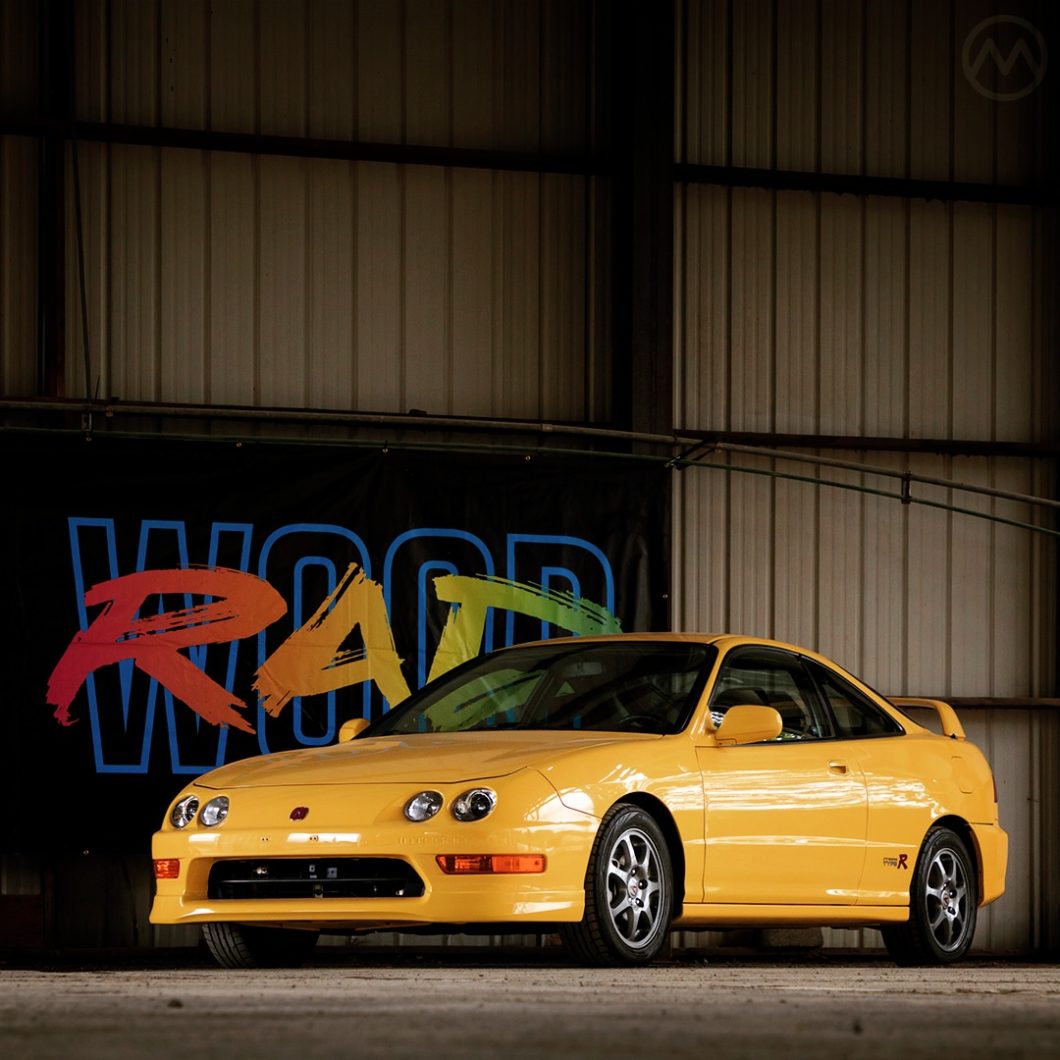Now that many are 25 years old, Americans can enjoy a large swath of amazing now-classic JDM cars, but in the Dot-Com era the very hottest JDM rides were often unobtanium due to the cost of federalizing them and the infamous “25-year rule.” The rare exception was the Acura Integra Type R, though it wore a Honda badge everywhere else, as Acura was confined to North America and Hong Kong until the mid-2000s.
Although the mid-to-late 1990s was the time of SUV mania and a period when small cars were at relatively low ebb in the USA, small modified Japanese cars had a steady and growing following here, as evidenced in the pages of magazines like Sport Compact Car or Turbo. By 1995, these books had big enough followings that the likes of Jay Leno started appearing in them (Leno appeared with his Ford Shogun, based on the Ford Festiva).
The modified Japanese car community dated back to the Datsun 510 and the 1970s, and informal drags in SoCal, New York, and Puerto Rico helped form a lasting community around such cars. By the 1990s, however, the cheap and plentiful nature of Honda Civics and CRXs meant they had become the backbone of the scene and its most visible and accessible entry points.
This was even more true of Integras, even if they weren’t badged as Hondas. They had plenty of power, nicer features, and weren’t particularly expensive to buy used (although they did hold their value quite well). There was already plenty of enthusiast interest in the Mk3 Integra in the mid-1990s, particularly in the potent 170-horsepower GS-R.
In 1997, responding to this steadily growing interest, Honda decided to create a U.S.-bound Type R for the first time. While it was never intended to be a volume-seller like the GS-R, and indeed just 320 were imported that first year, the Integra Type R had both the moves and the timing to become an instant legend. It’s street cred only intensified when the first iteration of Gran Turismo, released a year later, exposed hundreds of thousands of young enthusiasts to an array of previously unknown JDM cars for the first time.
The Integra was Honda’s second Type R after the NSX, and it bowed in Japan in 1995. It was a natural extension of Honda’s performance philosophy generally and the Mk3 Integra’s specifically.
Creating the Mk3 Acura Integra
The Mk3’s wedge shape and distinctive “bug eye” lights made it look very different from the first two, to mixed reactions. Japanese customers didn’t like it but Americans did. Honestly it still looks fresh today with the original front end. Most of the info on the Mk3 is in Japanese and there’s historically been surprisingly little discussion about the hows and whys behind its creation, but we’ll try to tell the story here as best we can.
Development of the car began in 1989, just as the Mk2 was going into production. The goal of the development team which (seems to have been) led by Honda R&D’s Akira Shimoyama, was to create something that was lighter and tighter in every way. It’s hard to determine his role on other projects but he also played a big part in the creation of the Acura Vigor (aka Honda Inspire).
The goal for the new Integra was not a radical departure (despite how it looked) but something even more reactive to driver inputs and even closer to Honda’s Lotus-like light and lithe philosophy.
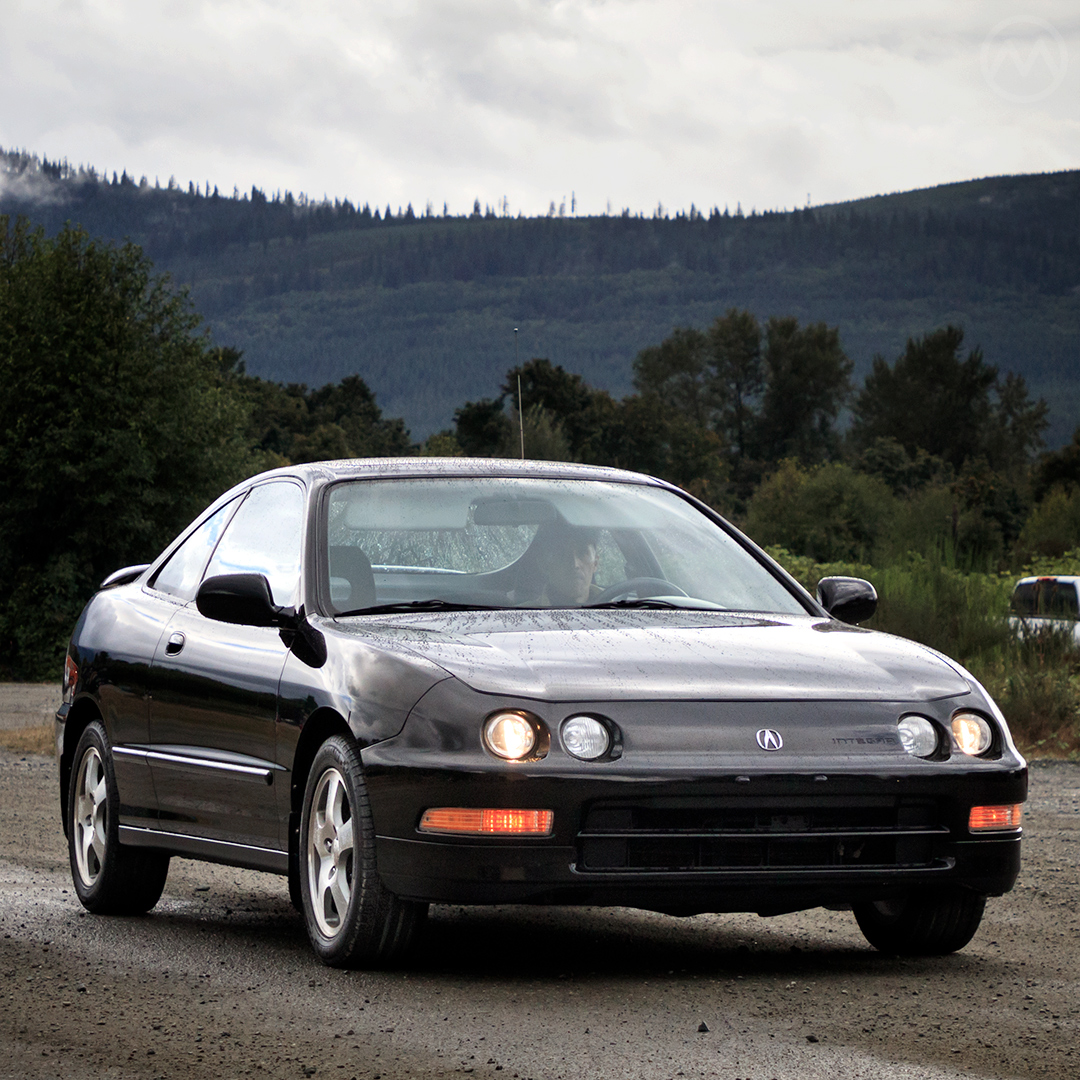
Not only did the Mk3 not get bigger or fancier than the Mk2, it was actually fractionally smaller and, model for model, weighed about 150-200 lbs. less. That meant all the good handling attributes of the Mk2 would be amped up in the Mk3 – and especially in the Mk3’s ultimate incarnation, the Type R. But more on that in a minute.
Normally, every car gets a little bigger in successive generations to make way for more interior room or more cargo space. The Mk3 Integra was designed to have more room and more comfortable seats within a tighter shell that weighed less. To do it, the team used new composite plastics that incorporated recycled materials. To keep the passengers comfortable, the seats were reshaped into smaller designs that were lighter but just as strong and supportive.
Shimoyama and co. really put a ton of thought into the driver’s experience; going so far as to map out the shifter distances to the millimeter and reducing them by about 35%, remodeling the linkage to make it feel more fluid and connected. A common failing in 1970s and 1980s front-drivers (and many rear-engine cars in earlier eras), and some such cars to this day, is a manual linkage that feels disconnected and remote rather than precise. Nothing in the Mk3 Integra felt disconnected, although an automatic was available that somewhat dulled the experience.
Exactly who penned the bug eye isn’t clear, but Honda stylists Harumi Okano and Tatsuya Oda were the primary designers and it was probably the former who came up with the treatment. Later, Okano was also involved with the next-generation Integra (more on that later), and he had a role in the Honda Beat, the EK Civic, the second Acura CL, and many other projects. Oda was later involved with the CR-V and Pilot.
Two of Honda’s motorcycle/ATV guys, Mutsumi Koshiishi and Shuichi Etoh, were also involved in the Mk3 Integra. It was meant to look gentle and futuristic, to appeal primarily to young urban buyers, and it certainly had character. Japanese customers, as it turned out, weren’t fond of the bug eye look, and the car was hurriedly facelifted at home (in 1995) with a more conventional front end look that evolved from the Mk2 car.
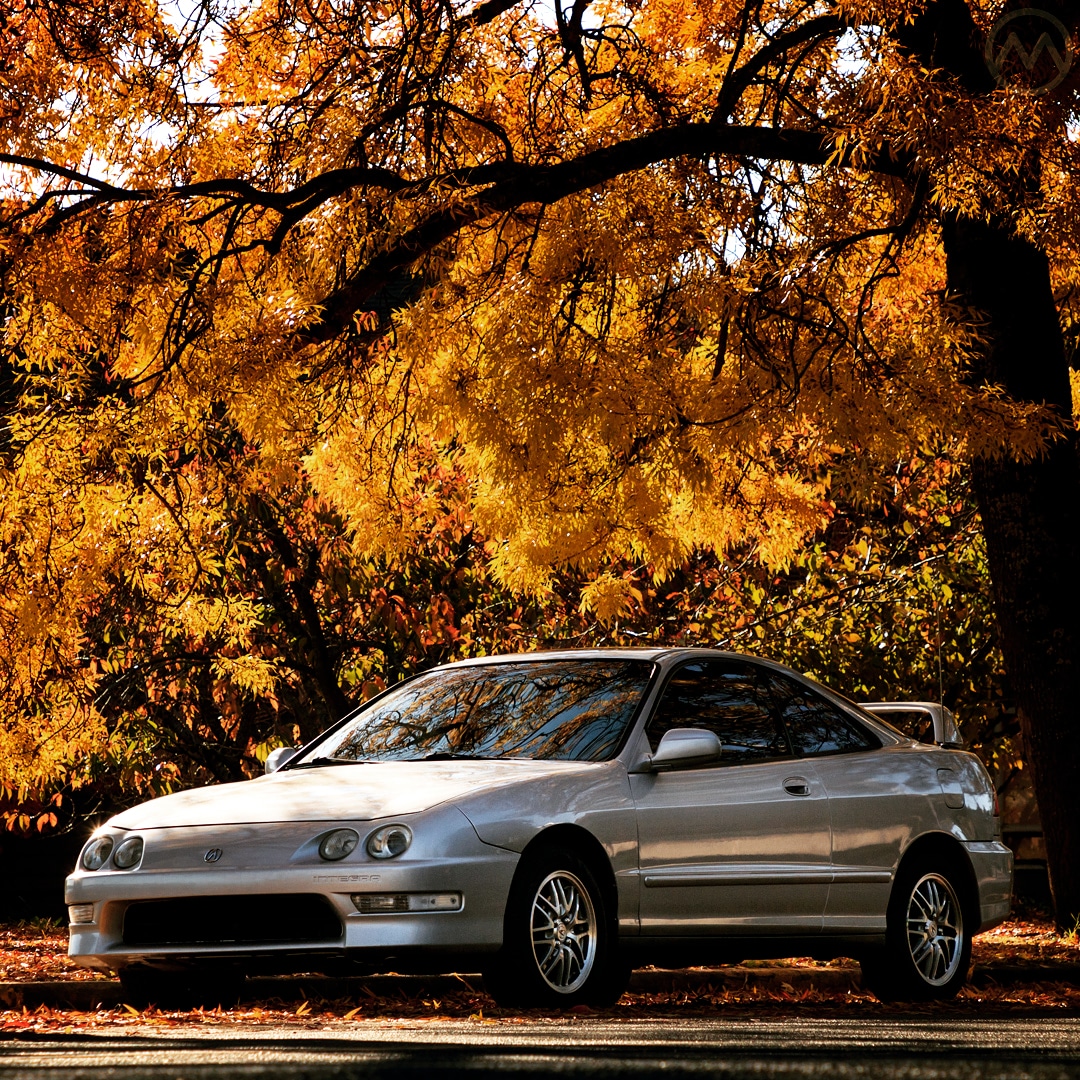
In America, however, the reaction was very positive and Integra sales continued to be strong, though not quite as strong as they’d been in 1990 when the Mk2 came around. The Mk3 Integra was a popular car in its early years with the same crowd who bought the lower end BMW 3-series and Audi A4s, but it seemed to trail off in the late 1990s.
With Japan’s economy going through a decade of stagnation, Honda did not redesign the Integra until 2001. When mid-cycle refresh time came in 1998, they kept things mostly the same, with just a little tweaking to the lower part of the front bumper.
Type R
Everything about the Mk3 Integra was about close control and driver involvement, even in the slower versions. The base U.S.-model Integras used Honda’s B18B1 engine with around 140hp, while the hotter GS-R used the VTEC-equipped B18C1, the twin-cam 170-horsepower. Variable valve timing was still a very new technology in the mid-1990s, but it made for a hot car.
Those numbers don’t sound like much today, but the hatchback coupes weighed less than 2,500 lbs. stock. Even the slow ones were fun and handled like what people would have described in the nineties as “laser guided missiles.” The Type R, however, was created to be even lighter, faster, and sharper.
The Type R idea began on the NSX in 1992. The original concept was a track-optimized machine stripped of things that weren’t needed for light competition, like air conditioning, power windows, sound deadening, or stereos. That first NSX Type R was about 250 lbs. lighter than the regular NSX, and featured reworked suspension tuning to improve its already tack-sharp handling.
The Integra was the second car to get the treatment, and the recipe was largely the same.
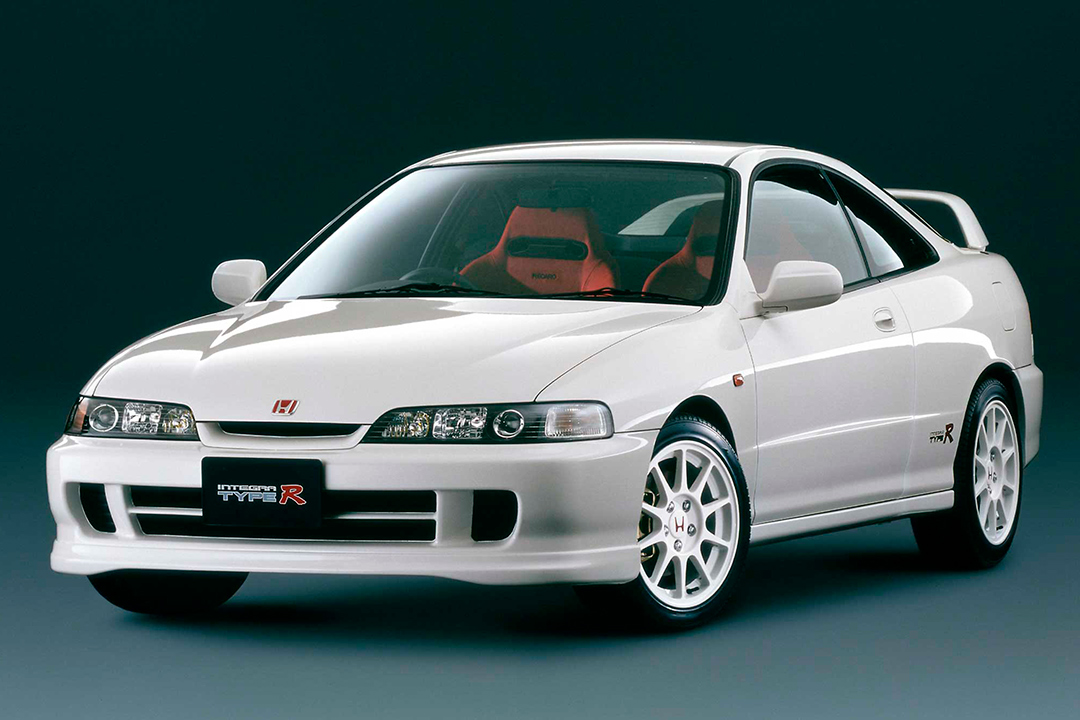
To earn the badge, the car was comprehensively lightened even from the ~2,550 lb. average of the basic coupe, with lots of equipment (vanity mirrors, A/C, rear wiper) stripped out and some components, like the windshield, slimmed down or made smaller or lighter. Inside, the Type R is a strange mix of 1990s futurism and bare-bones analog, with lots of gray plastic and few frills, but everything you need to have fun or make a track day worthwhile.
The shell was reinforced in multiple locations to make it even more rigid. There were bigger strut tower and sway bars, and revised springs and dampers, bigger brakes and lighter aluminum wheels to reduce unsprung weight.
The heart, of course, was the high-revving B185C engine, 1.8 liters of high-strung 4-cylinder fury with an 8,400-rpm redline, the fastest piston speed of any production engine of that time and a close-ratio 5-speeder to match. The insane internal speeds of the B185C made big headlines when the Type R was new, and were only overshadowed later by the even-higher-revving, Formula 1-like motor in the Honda S2000, the famous F20C.
Lighter engine components pervaded. The thinner valve stems made it easier for the featherweight units to open and close 67 times per second. Though only rated at 195 horsepower, that was a big deal in 1997, and arguably still is today. Most 1.8-liter engines that can hit 195 horsepower in 2021 are turbocharged, and at that time Honda was strictly averse to turbocharging, despite its 1980s experiences in the turbo era of F1.
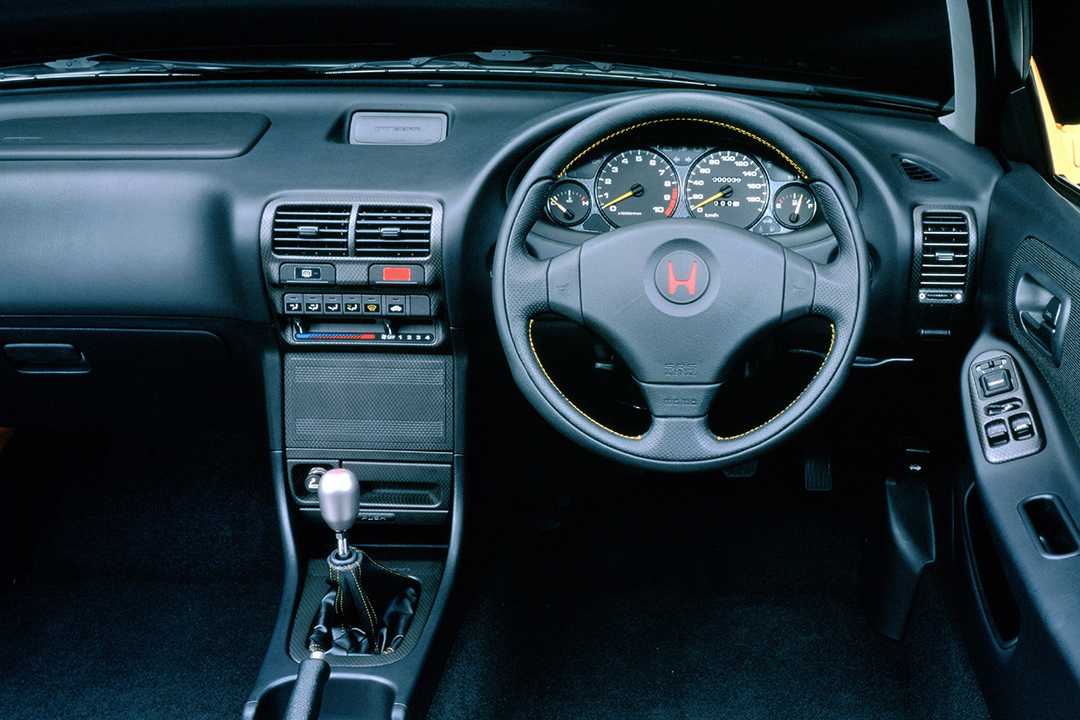
The Type R in America
Turbo or no, the Type R was a hot number in 1997-98 and a joy to drive, encouraging and connected, though you had to wring it all the way out to get the most out of it; there’s no torque down low.
While being basically the same idea as the JDM cars, U.S. models did differ a bit in execution thanks to Federal standards. Crash regs made them about 150-200lb. heavier than JDM ones, and both North American and European Type Rs used the “bug eye” front end while Japanese ones got the conventional face. JDM Integra Type Rs were also available in sedan form, but none were exported.
The first wave of U.S. Type Rs came in 1997 (320) and 1998 (1,000), and all were Championship White, with but one option – Air conditioning. There was no 1999 model, but the car returned for 2000 and 2001 in more colors including Phoenix Yellow. Many Type Rs were modified or used hard, so seeing a clean one is rare, but this particular car is actually from the Acura internal collection, and has just 5,000 miles on the clock. We had the good fortune of photographing it at the 2021 Radwood PNW event.
In total, 3,823 Type Rs were built for the USA in total from 1997-2001. The Type R survived into the Integra’s next generation, the DC5, but that version was not imported here.
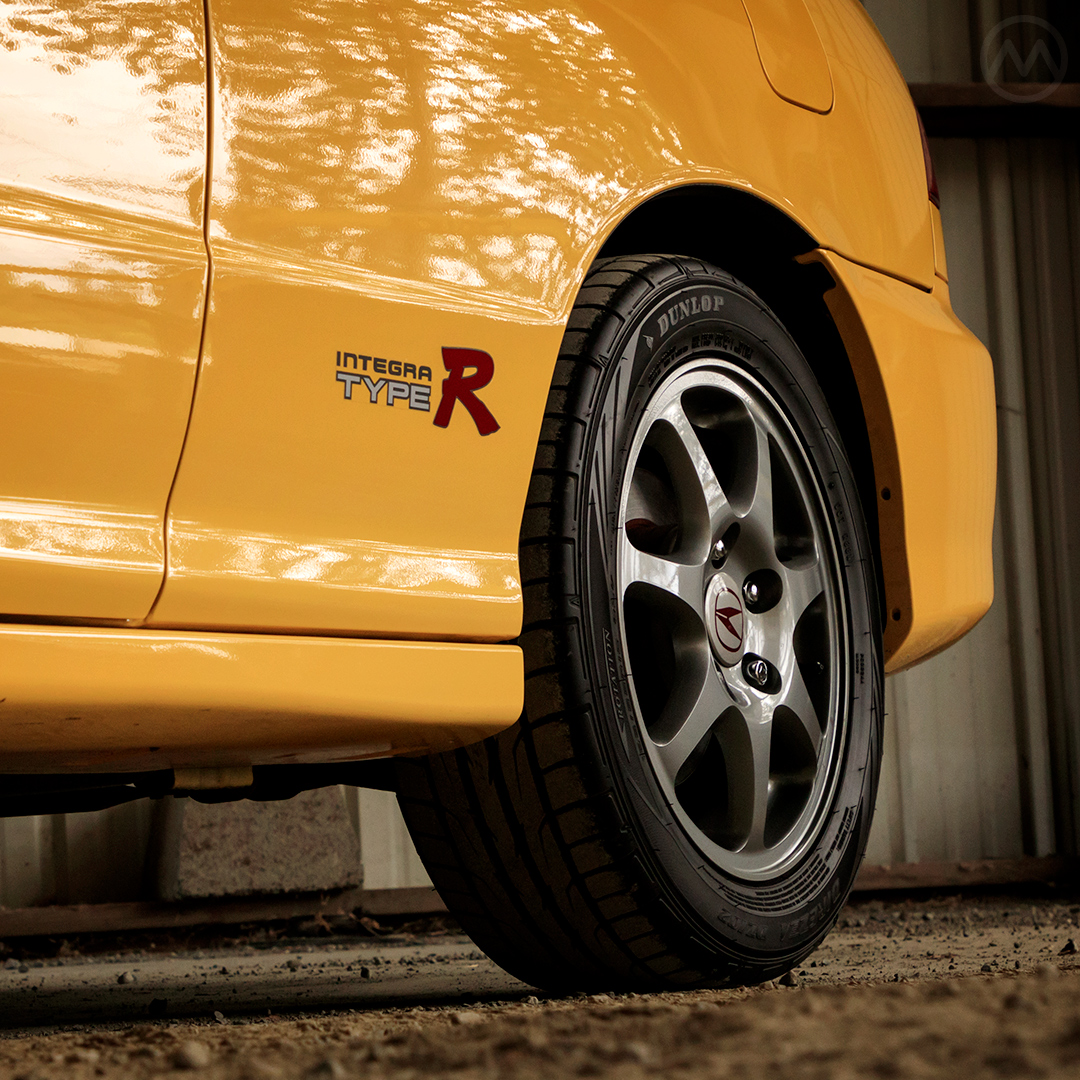
Curiously, by then other companies had cottoned on to the fact that U.S. enthusiasts wanted some of their JDM hot rods, with the Subaru WRX arriving stateside the same year the Type R bowed out, and the Mitsubishi Lancer EVO landing not too long after. The same year, the import tuning scene was (cartoonishly) immortalized in The Fast and the Furious, which generated even more interest.
Acura, however, wasn’t selling any more JDM hot rods by then. The company changed its naming scheme beginning in 1996, ditching names like Legend, Integra, and Vigor for less distinctive labels like RL, RSX, and TL.
The goal at the time was to get people thinking more in terms of Acura as a unified brand and less as the “Integra” and “Legend,” which sold to different customers. It was also meant to drive the company upscale and closer to Lexus and BMW, a mission that Type Rs didn’t entirely fit in with, but those names never resonated the way the earlier Acuras did. In 2022, the brand will revive the Integra name on a new vehicle in the mold of the old one, and we’ll keep you posted on how that goes.

